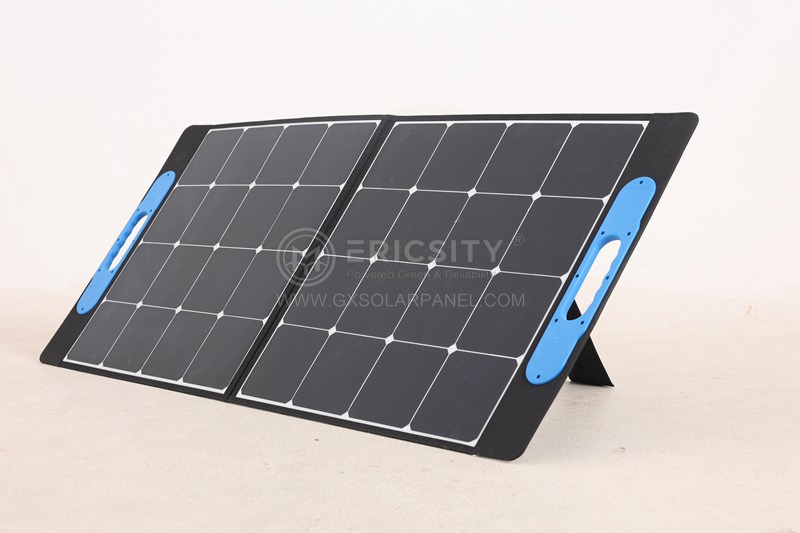HOT PRODUCT
Product Details
exploring The Durability Of Amorphous Flexible Solar Panels
Exploring The Durability Of Amorphous Flexible Solar Panels
Solar power has increasingly gained attention as a promising source of renewable energy in recent years. Among the various solar panel technologies available, amorphous flexible solar panels have emerged as an innovative and versatile option with numerous potential applications. These panels offer advantages such as lightweight design, flexibility, and ease of installation, but one key question remains: How durable are amorphous flexible solar panels?
Amorphous flexible solar panels are primarily constructed using thin-film photovoltaic (PV) technology. Unlike traditional crystalline silicon panels, thin-film panels use a different material composition, typically a combination of amorphous silicon, cadmium telluride, or copper indium gallium selenide. This allows for greater flexibility and a reduced overall weight.
To assess the durability of these panels, several key factors need to be considered:
1. Environmental Conditions: One of the primary concerns for any solar panel is its ability to withstand various environmental conditions. Amorphous flexible solar panels can typically tolerate high temperatures, humidity, and UV exposure due to their unique thin-film composition. However, prolonged exposure to extreme conditions may still have an impact on their performance over time.
2. Mechanical Stress Resistance: The flexibility of these panels allows for easy integration into various applications, including curved surfaces and portable devices. However, frequent bending and flexing can affect the panel’s long-term durability. Manufacturers conduct rigorous testing to ensure the panels can withstand repeated bending without significant performance degradation.
3. Encapsulation and Backsheet: To protect the delicate semiconducting layers, amorphous flexible solar panels are typically encapsulated in a durable material such as ethylene-vinyl acetate (EVA) or polyvinyl fluoride (PVF). This encapsulation layer acts as a barrier against moisture, dust, and other potential contaminants. Additionally, a sturdy backsheet provides further protection against mechanical stress and environmental factors.
4. Lifespan: The lifespan of amorphous flexible solar panels is an essential consideration for evaluating their durability. While crystalline silicon panels often come with warranties of 25 to 30 years, the lifespan of thin-film panels can vary. On average, manufacturers estimate that amorphous flexible solar panels can last anywhere from 10 to 20 years, depending on the specific technology and usage conditions.
5. Testing Standards: Proper testing procedures are essential for determining the reliability and durability of amorphous flexible solar panels. Internationally recognized testing standards, such as the International Electrotechnical Commission (IEC) standards, define rigorous test protocols to assess the performance and durability of solar panels. These tests include temperature cycling, humidity freeze, UV exposure, and mechanical stress tests.
Despite the numerous advantages of amorphous flexible solar panels, it is important to note potential challenges and limitations. Compared to crystalline silicon panels, amorphous panels usually have lower conversion efficiency, meaning they produce less electricity for the same surface area. Additionally, as a relatively new technology, the long-term performance and degradation behavior of these panels is still being actively studied and improved upon by both manufacturers and researchers.


In conclusion, amorphous flexible solar panels offer an exciting and versatile option for harnessing solar energy. While they demonstrate exceptional flexibility and ease of installation, their durability depends on various factors such as environmental conditions, mechanical stress resistance, encapsulation, and testing standards. Ongoing research and technological advancements will continue to enhance the performance and longevity of these panels, making them more reliable and cost-effective for future solar energy applications.




